By Jess McBride, Houzz
A huge reason many people don’t get around to tackling a decorating project is because they’re afraid to make a costly mistake. To give you the confidence to start your own dream design, and to help you get it right the first time, I’ve put together a list of seven major design mistakes that can affect your entire project. Now you’ll know what to look for and how to get back on course to decorating success.
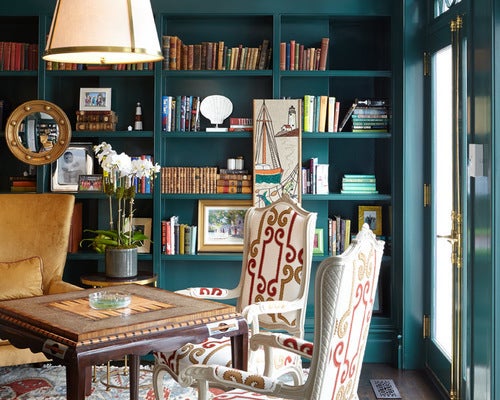
1. Choosing paint first. While paint is in many ways one of the biggest parts of your design (particularly in terms of pure square footage), that doesn’t mean it should necessarily be the first thing you pick.
Solution: Once you’ve settled on some of your essential fabric furnishings (rugs, pillows, draperies, upholstery, etc.), it’s relatively easy to pick a coordinating color from a fan deck or set of paint chips. Finding fabrics you truly love after already committing to a paint scheme is much tougher.
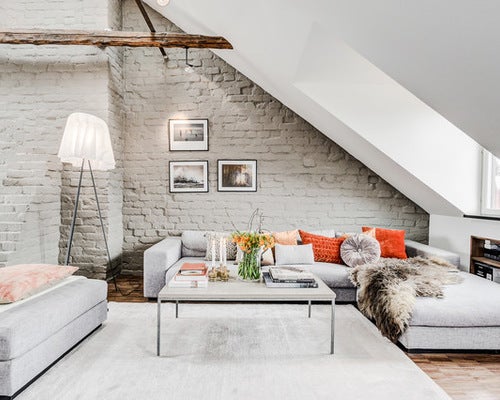
2. Buying furniture without measuring. It’s hard to judge the scale of furniture when it’s sitting on a vast showroom floor. That’s why homeowners are sometimes shocked to find that the beautiful sectional or coffee table they saw in a showroom looks as though it eats up the entire room when it’s sitting in their living room.
Solution: If you know what measurements you’re shopping for, you can let the cold hard numbers guide you when your eyes might be playing tricks. Measure (or even mark with tape) the area available for each major piece so that you can figure out an acceptable size range.
Bring these measurements with you when furniture shopping and stick to them. If you fall in love with something out of your size range, ask if it comes in different sizes, or have it measured and bring the measurements home to tape off in your space to make sure it’s a size you are happy with.
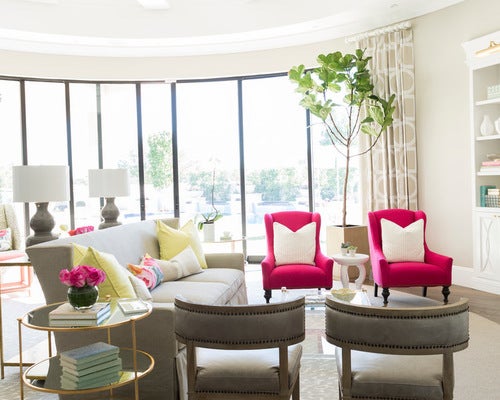
3. Shopping in just one store. One-stop shopping is all the rage these days, but furnishing your entire home (or even just one room) from the same store tends to result in a much less interesting visual story than taking some time to shop around.
Solution: Try boutiques that carry different design lines, or online stores that draw from different manufacturers and brands. This way, even if you have one preferred style or period, your home still won’t look cookie-cutter.

4. Buying the whole set. Speaking of one-stop shopping, another designer no-no (although some would disagree) is to settle for purchasing furniture in a matching “set,” such as a bedroom suite or matching sofa and love seat. While this may be a shortcut to achieving a coordinated style without much thought, the results tend to have less appeal than a little mixing can provide.
Solution: Settle on one major piece and look to a different manufacturer for an item that coordinates without perfectly matching, such as these mix-matched side tables. The end design will carry more personal flavor, one that can’t be found in a catalog.
Details you can pick up between different pieces include color, material (such as the general type of upholstery or a metal finish), tufting or pleats, leg styles, straight versus rounded lines, and design period. Using a few of these connections will help pieces relate, so you can be confident that they coordinate.
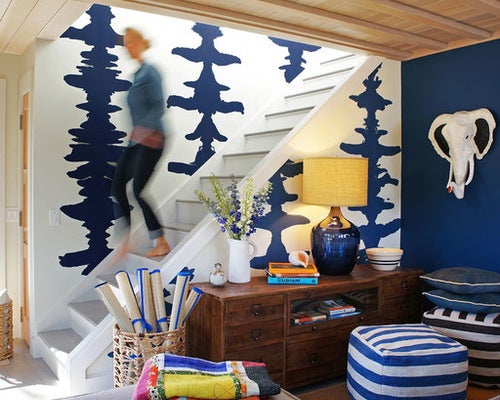
5. Never making a bold choice. While nobody wants to spend an extra weekend painting over last weekend’s mistake, being fearful of ever making an adventurous decision can result in a space that feels bland or unsatisfying.
Solution: Take a risk every now and then! Rest assured that if you do choose a dramatic wall treatment, you can always layer over it with light and breezy pieces (such as white wall art or neutral-colored furniture) to tame the look until it feels livable. And if you ultimately grow tired of it, you can change it someday.
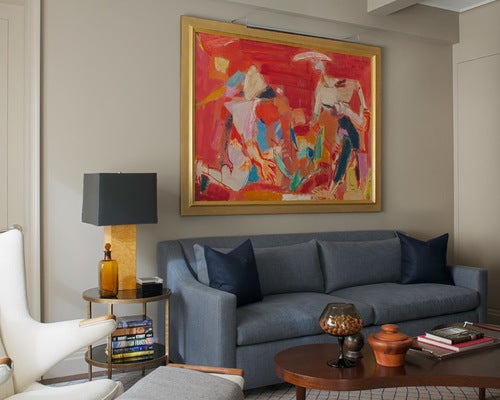
6. Making everything bold. The opposite of the previous mistake is to expect every piece you invest in to be the dazzling showstopper. Even in very dramatic spaces, some elements must be the simple staples that take a back seat to the focal points. Think of it like cooking: A great recipe may have tantalizing spices, but it will also need the humble salt to help that flavor sing.
Solution: If you have a bold art piece, beautiful curtains or some vibrant fabrics, let other pieces (like your sofa upholstery or a large rug) be beautifully simple.
When choosing a new item or material to integrate, be sure to consider how it will fit into the entire palette, rather than just taking it at face value on its own. A solid-color pillow or demure gray blanket may not pop out at you when you’re shopping, but it might be just what a space needs.
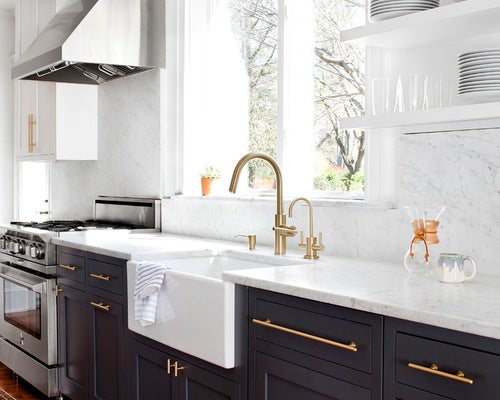
7. Never letting go of the past. It can be hard to get rid of clutter from days gone by, but it can be even harder to shake bad design memories. However, the fact that you’ve lived through an awful trend shouldn’t put you off a beautiful idea forever. For example, if you’re turned off by the shiny golden fixtures from decades past, you may want to keep your mind open to the matte brass fixtures that are trendy today.
Solution: The fact that you’ve lived though a nasty wallpaper tear-down or a bad shade of orange paint shouldn’t mean you leave a powerful decor tool behind forever. With today’s technology, the options are only getting better, and you’ve got many great resources available to help you avoid making a mistake in the future. So go ahead, give that tempting design trend another try: After all, you live only once, but in design, everything old becomes new again. And if you stay receptive, you may find a bold style you’ll love forever.